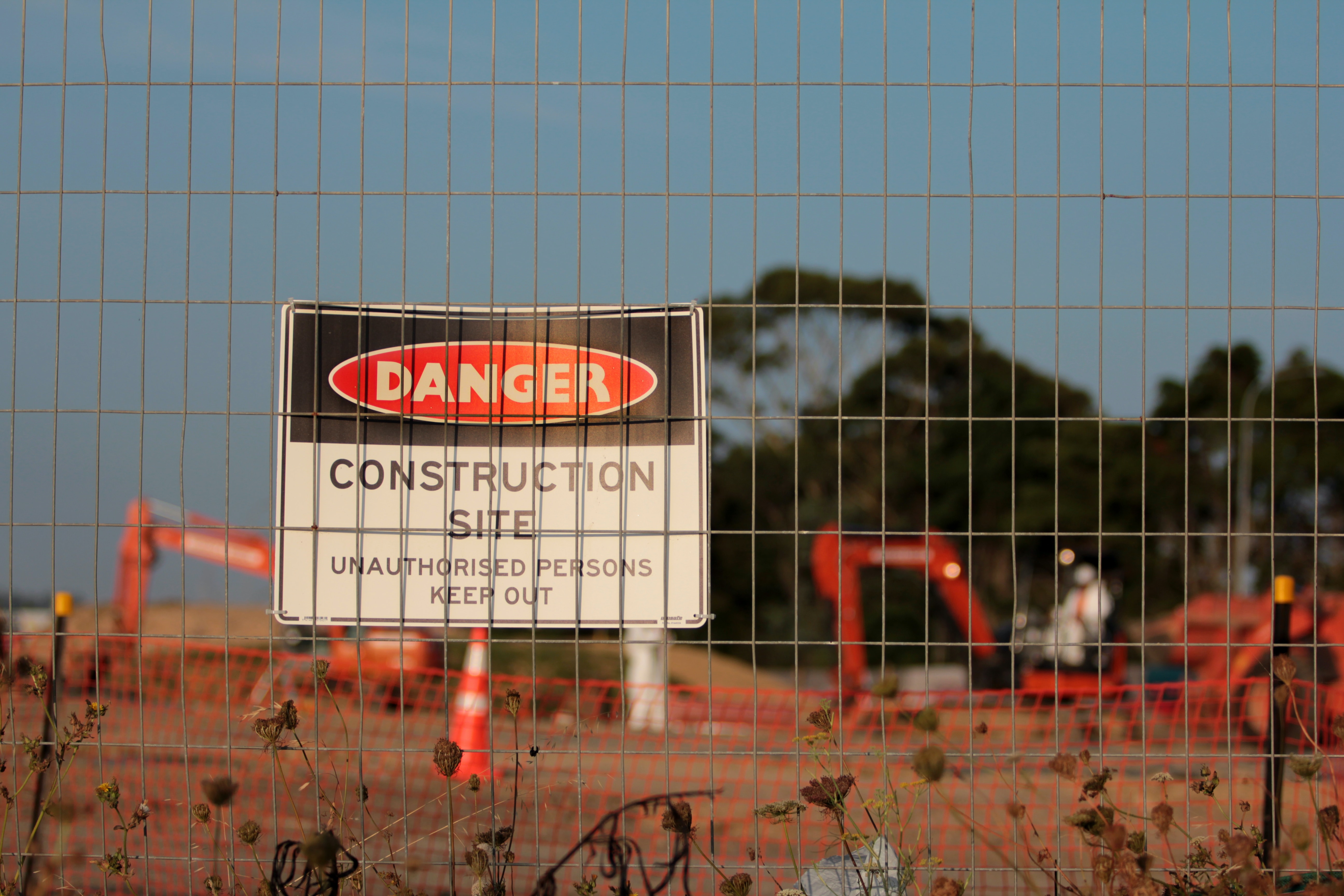
Creating a hazard-free environment is crucial for ensuring the safety and well-being of employees. A safe workplace not only prevents accidents, injuries, and illnesses but also fosters a positive company culture. This guide will walk you through some steps to identify, prevent, and address potential hazards in the workplace. Let’s embark on the journey towards a safer work haven!
Hazard Assessments
Begin by conducting an extensive hazard assessment of your workplace. Evaluate each aspect of the work environment, including the physical layout, equipment, processes, and materials used. Keep an eye out for tripping hazards such as loose cords or materials on the floor, electrical hazards including overloaded outlets or exposed wiring, chemical hazards like improper storage or usage of hazardous substances, and ergonomic hazards such as improper workstation setup or awkward postures
Your workplace safety plan shouldn’t be static; it should evolve as your business grows and changes. Regularly review and update your safety procedures to ensure they remain effective and relevant. Conduct periodic hazard assessments, update safety procedures as needed, incorporate employee feedback and suggestions, and stay informed about new regulations and industry best practices.
Prevention Measures
Once you’ve identified hazards, it’s imperative to implement measures that will either prevent or minimize the risk of harm. Prioritize your corrective actions by addressing:
- High-risk hazards: focused on immediate dangers and those with severe consequences
- Physical hazards: related to infrastructure or equipment improvements
- Process-based hazards: derived from refining work procedures
While taking preventative measures yourself can be effective, partnering with a fire watch services company ensures you receive expert guidance and support for increased workplace safety. A professional fire watch service can help you adhere to regulations, identify risks, and devise customized strategies for fire prevention. By enlisting their support, you can achieve a comprehensive safety plan and put your employees’ well-being first.
Ergonomics and Training
Work-related musculoskeletal disorders (MSDs) account for a significant portion of workplace injuries. Ergonomic interventions can go a long way in protecting employees from MSDs. Consider implementing adjustable chairs, desks, monitor stands, and proper keyboard and mouse positioning. Encourage regular breaks and good posture, and train staff on ergonomics best practices.
Designed to increase awareness and understanding of hazards and their corresponding risk-reduction strategies, employee training is a crucial aspect of workplace safety. Conduct regular safety training sessions and ensure all staff understands emergency response procedures. Always try to provide accessible, up-to-date safety documentation and empower employees to take responsibility for their own safety.
Open Communication
In order to maintain a hazard-free workplace, it’s essential to create a culture of open communication where employees feel comfortable discussing safety concerns and suggesting improvements. This can lead to a more proactive approach toward enhancing safety measures and mitigating potential hazards. Consider implementing regular safety meetings, creating open channels for suggestions, and recognizing employees who contribute to a safer work environment.
Employees often have unique insights into the hazards specific to their workstations and tasks. Encourage them to report any unsafe conditions or potential hazards as they arise. This collaborative approach not only helps to identify risks that you might have overlooked but also promotes a more safety-conscious mindset among team members.
Proper Safety Equipment
Having proper safety equipment on hand can mean the difference between a minor incident and a major accident. Ensure that your workplace is equipped with essential safety gear, such as fire extinguishers, emergency eyewash stations, and first aid kits. Additionally, provide employees with appropriate personal protective equipment (PPE) depending on their job requirements such as gloves, safety glasses, or protective clothing.
Proper maintenance and regular inspections of equipment can prevent accidents caused by malfunctioning or faulty devices. Develop a schedule for routine checks and timely repairs of tools and machinery. Train employees on how to use equipment safely, as well as the warning signs of potential issues that need to be reported. This helps reduce the likelihood of injuries and keeps your workplace safety standards at the highest level.
Conclusion
Achieving a hazard-free workplace may seem like a daunting task, but with the right mindset and a step-by-step approach, you can create a safe haven for employees. By identifying hazards, implementing prevention measures, providing training, and maintaining and inspecting all equipment, you may be well on your way to fostering a culture of safety and well-being in your organization.